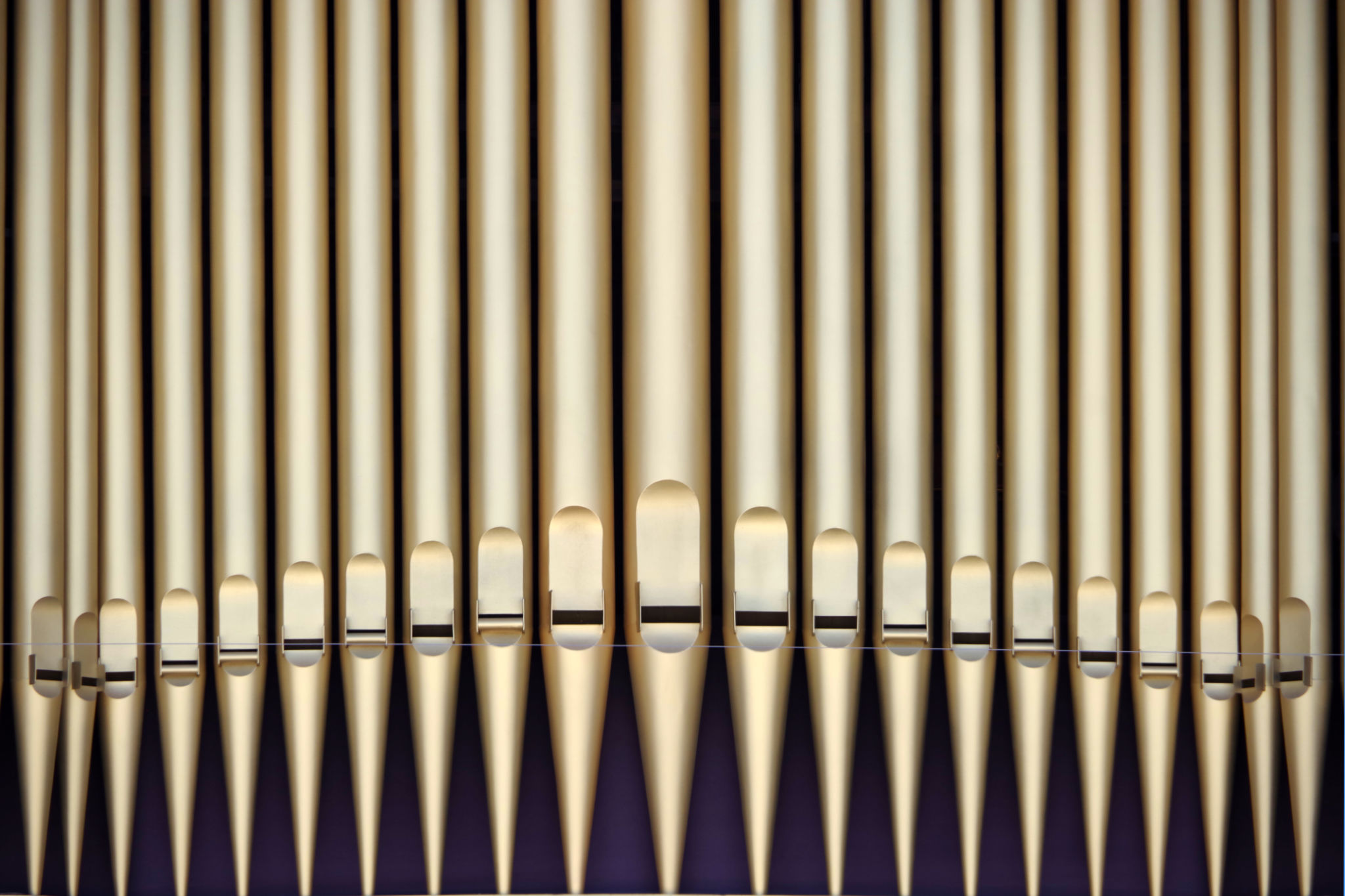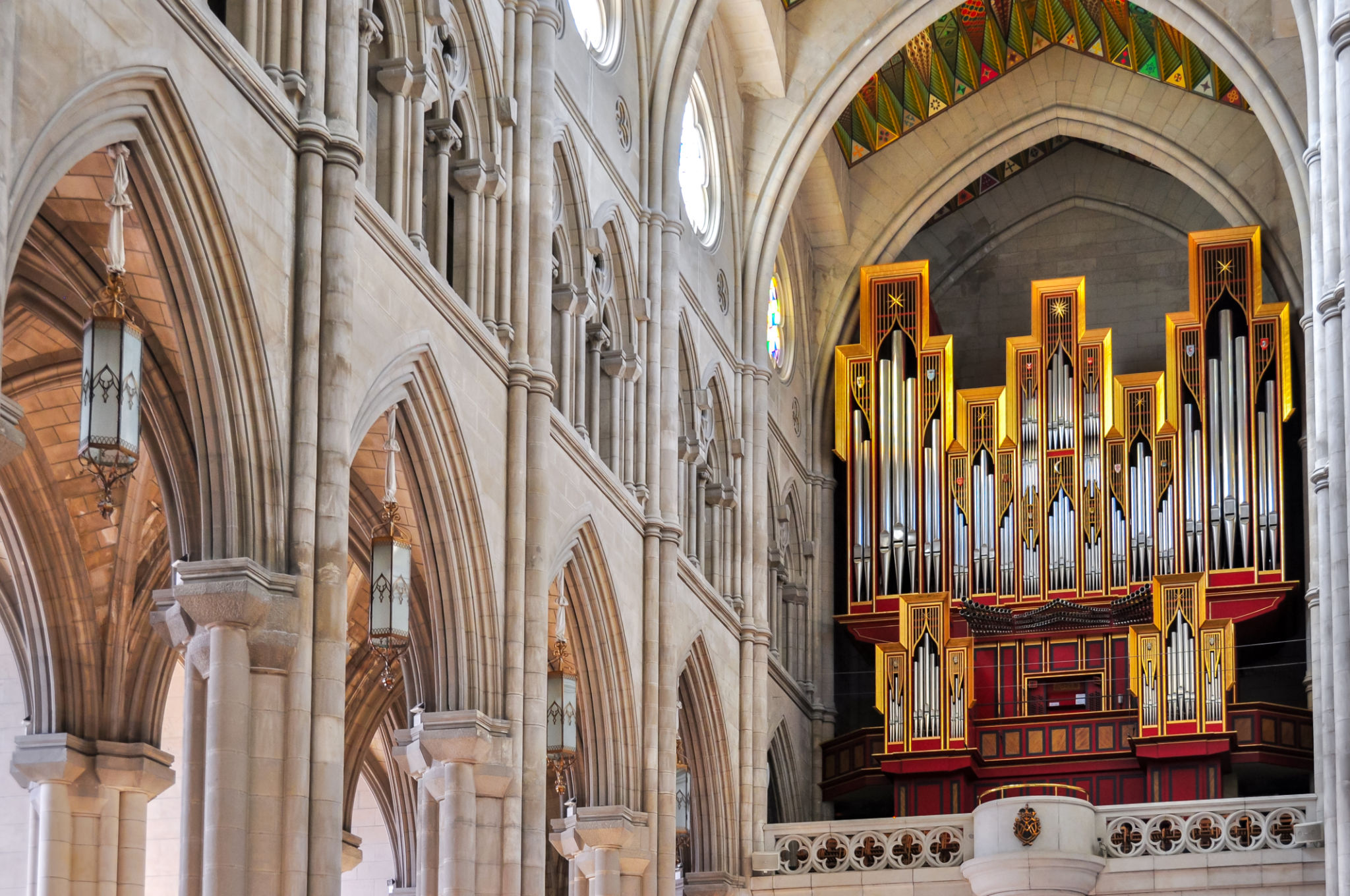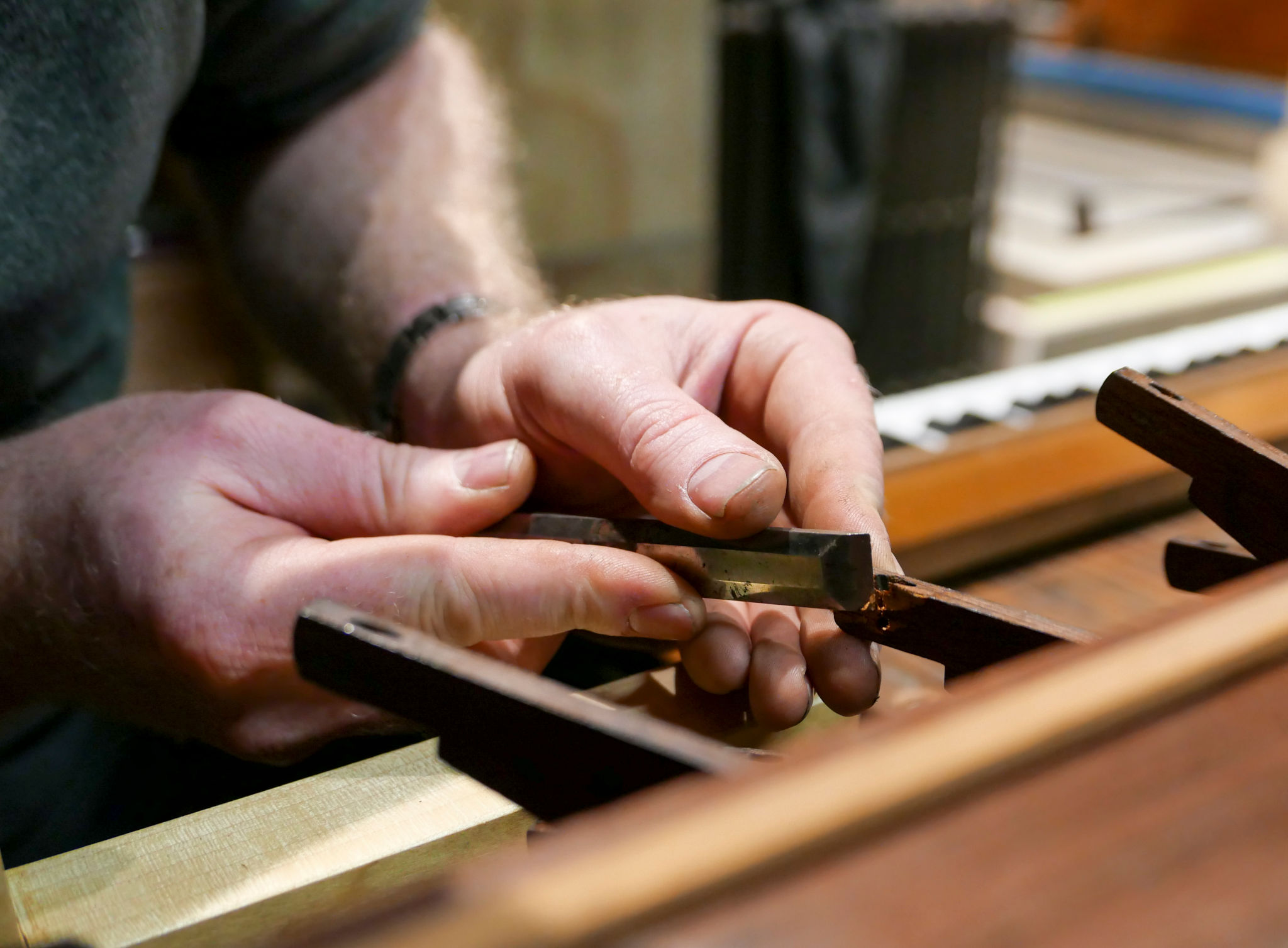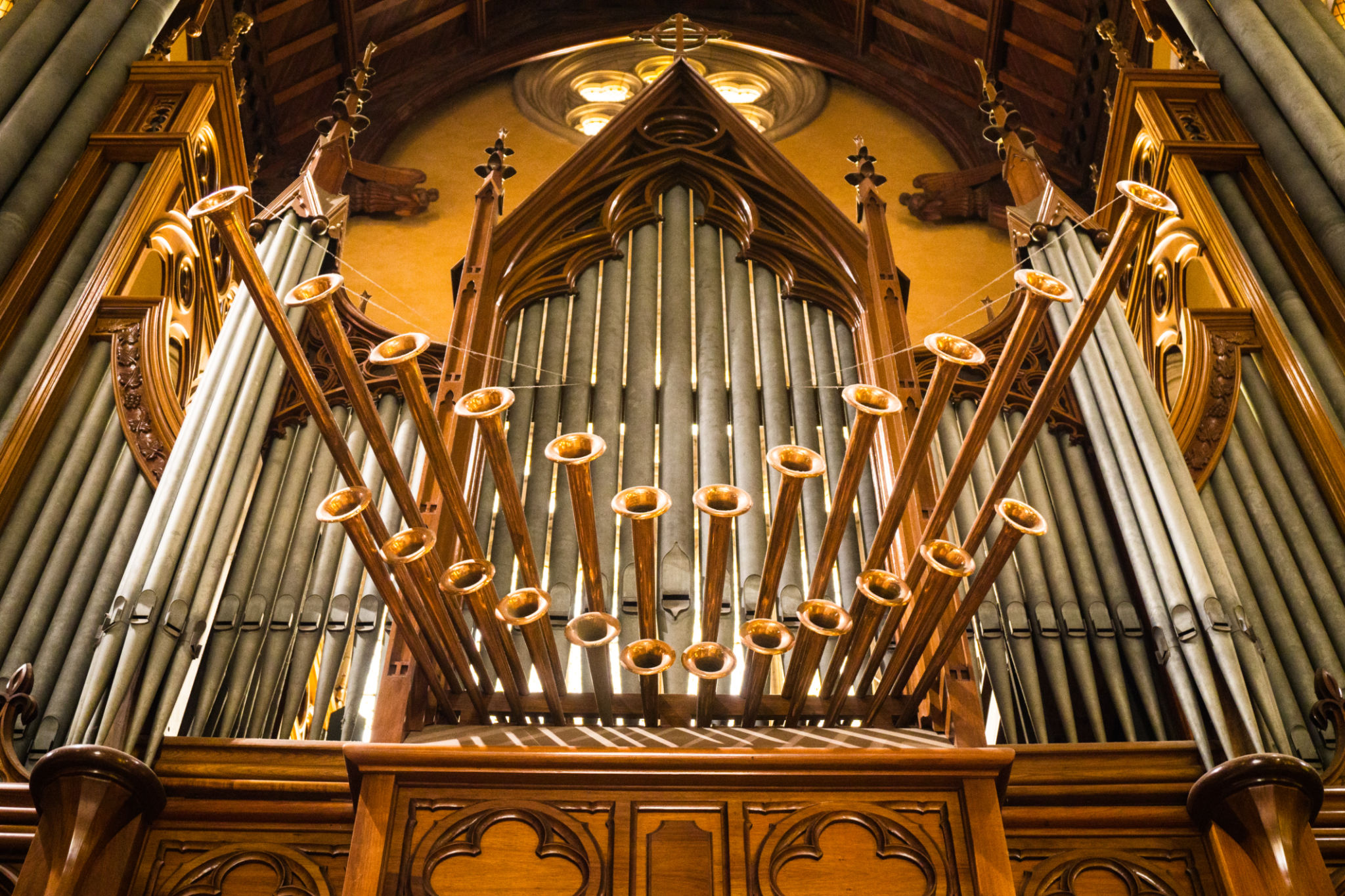Myths and Facts About Pipe Organs: Debunking Common Misconceptions
Understanding Pipe Organs
Pipe organs are majestic instruments, often associated with grand cathedrals and concert halls. However, several myths surround these intricate instruments, influencing how people perceive them. In this blog post, we will explore some common misconceptions about pipe organs and reveal the facts that debunk these myths.
One prevalent myth is that pipe organs are ancient relics with no place in modern music. In reality, while pipe organs have a rich history dating back to antiquity, they continue to be relevant and are actively used in various musical genres today.

Myth 1: Pipe Organs Are All the Same
A common misconception is that all pipe organs are identical. In truth, pipe organs come in numerous shapes and sizes, each custom-built to suit its environment. From small chapel organs to massive cathedral installations, these instruments are crafted with unique specifications that affect their sound and playability.
The diversity in pipe organ design means that no two instruments sound exactly alike. The tonal range and volume can vary significantly, depending on factors such as the size of the pipes, the materials used, and the acoustics of the space where they are housed.

Myth 2: Pipe Organs Are Difficult to Play
Another myth is that pipe organs are extremely difficult to play. While it's true that mastering the instrument requires skill and practice, this is the case for any musical instrument. Many musicians find playing the organ rewarding due to its vast expressive capabilities.
The layout of a pipe organ may seem complex with multiple keyboards (manuals) and a pedalboard, but organists gradually learn to navigate these elements. With dedication, even beginners can develop proficiency over time.
Fact: Pipe Organs Require Regular Maintenance
One fact about pipe organs is that they require regular maintenance to ensure optimal performance. Unlike many electronic instruments, pipe organs consist of intricate mechanical systems that need care and attention.

This maintenance includes tuning the pipes, checking for air leaks, and ensuring the proper functioning of the bellows and wind system. Regular upkeep helps preserve the instrument's sound quality and longevity.
Myth 3: Pipe Organs Are Only for Religious Music
Many believe that pipe organs are solely used for religious or classical music. However, this is far from true. Pipe organs have been featured in a wide range of musical genres, including rock, jazz, and even contemporary pop music.
The versatility of the pipe organ allows it to adapt to various musical styles. Composers and musicians continue to explore its potential, creating innovative compositions that showcase its unique sound.

The Enduring Legacy of Pipe Organs
Despite the myths surrounding them, pipe organs remain a vital part of the musical world. Their rich history and continued relevance in modern music highlight their enduring appeal.
Whether you are a seasoned musician or someone new to the world of pipe organs, understanding these myths and facts can enhance your appreciation for this magnificent instrument. As we continue to explore their capabilities, pipe organs will undoubtedly remain a cherished component of our musical heritage.
